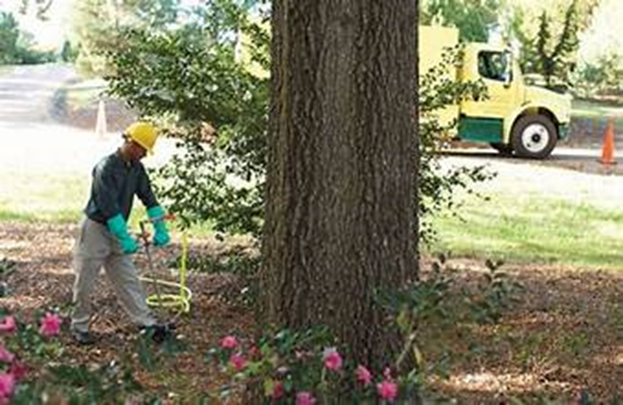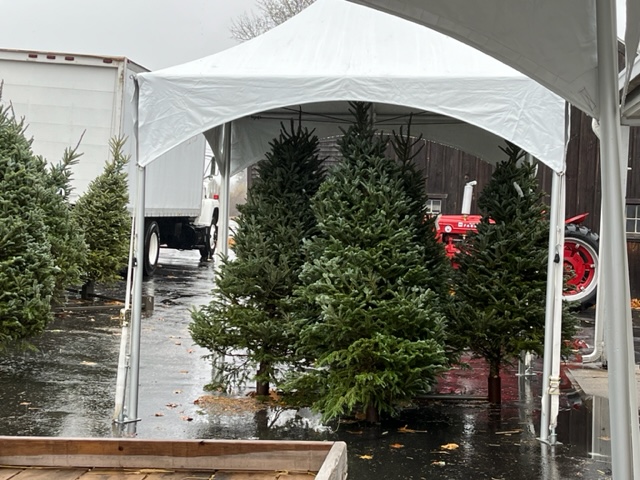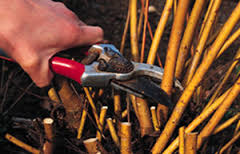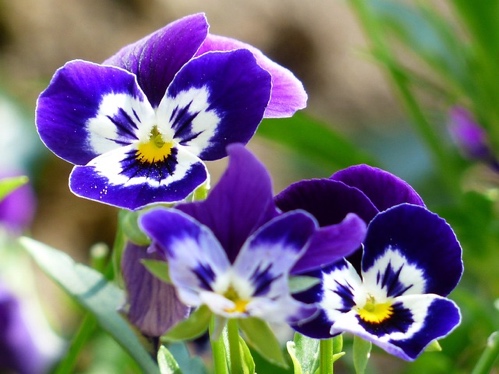7 Causes of Major Plant Failure That Can Devastate Your Trees and Cost You Big Bucks
Major tree failures happen more than you think. When trees fail, they can pose significant risks to you, your property, and others. Various factors can trigger tree failures, raising questions about tree care, maintenance, and prevention strategies. If one of your trees fail, it can cost you big bucks to have it removed by a professional tree removal service.
Removing a tree in Rhode Island can run anywhere from a few hundred dollars to a few thousand. Key factors affecting the cost include:
- Tree size and type
- Tree health and condition
- Accessibility
- Permit requirements
- Stump removal
- Species
- Location
We can’t pinpoint a specific percentage of tree failure each year. But the last thing you want to do is remove a tree because of failure. Below are some major causes of tree failure and strategies for treating them

Major Causes of Tree Failure
Understanding the factors that cause major tree failure is imperative. It can help you not only save a mature tree but also help raise awareness for better tree care practices and promote the importance of these plants in our communities.
Below are seven causes of major tree failure and how to stop them from devastating a tree.
- Diseases—Fungal diseases, bacterial diseases, viral diseases. They all can weaken a tree’s structure and cause failure. Plant diseases are often hard to detect and can be compounded by other factors, like root damage and unfavorable weather.
Treatment: Early detection is critical. Identify the pest and choose the correct control method, such as insecticidal soap, neem oil, or biological controls.
- Pests—Insects and other pests can devastate a tree’s roots, leaves, and/or trunk, weakening its structure and boosting its disease susceptibility. Our website has a list of pests to help with identification.
Treatment: First, identify the pest. Then, choose the correct treatment—biological controls, neem oil, insecticidal soap, etc. You can also consult RI Tree on pests and their controls.
- Weather—The northeast can be harsh on plants. Severe weather events, like storms, high winds, lightning strikes, snow storms, and even excessive rain or drought, can cause major tree failure.
Treatment: Proper pruning keeps trees healthy and minimizes wind resistance, improving overall health. Also, inspect your trees after severe weather events for signs of damage and address a problem as soon as possible.
- Improper planting— Planting trees too deeply, in the wrong location, or using improper techniques can lead to root problems that can eventually cause failure.
Treatment—You can’t do much to fix a tree planted incorrectly. Learn from the mistake and make sure you plant future trees correctly to avoid future problems.
- Root damage—Overcoming this issue is a challenge. Construction, soil compaction, and other activities can damage a tree’s roots, compromising its stability and ability to absorb water and nutrients.
Treatment—Proper care, such as watering, fertilizing, and mulching, can help a tree compensate for some root damage. But it’s a hard problem to beat.
- Poor maintenance—Trees need regular care to stay healthy and strong. That’s no secret. Neglecting trees can lead to various problems that can eventually contribute to failure.
Treatment—Proper maintenance includes regular watering, pruning, mulching, and monitoring signs of disease or pest infestation.
- Age— As trees age, they become weaker and more susceptible to failure.
Treatment: While aging is inevitable, proper care can help extend the life of your tree. Remember that even with the best care, some trees will someday reach the end of their natural lifespan and need to be removed safely. See our blog post on preserving mature trees.
Tree Failures Can Cost You
Major tree failure happens all too often. When it occurs on your property, it can cost you big time. So, be mindful of the seven major causes of plant failure described above. In severe cases of tree failure, you should consult a certified arborist. If you have a tree you think is failing, you can also contact RITree for help.
Special note: Majestic trees like the American elm will be the focus of a lecture presented by RITree’s John Campanini on Thursday, April 4th, at 6:30 p.m. Hosted by the Burrillville Conservation Commission, the lecture will be given at the Jesse Smith Library, Harrisville, RI. It is free, and the public is invited to attend.













